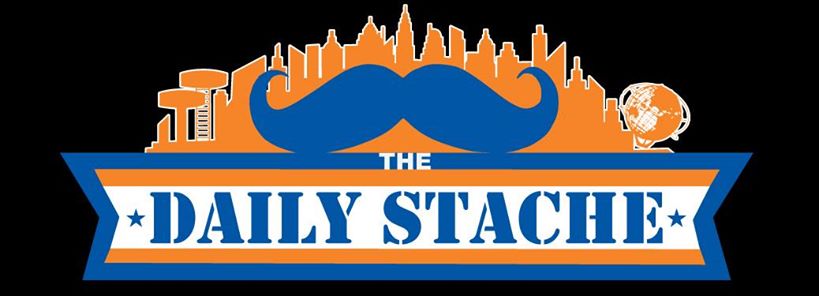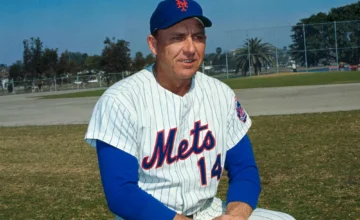It is no secret that the Mets have had a tough time of competing at times this season because of a roster decimated by injuries. At one point or another, every position player on the opening day roster has spent time on the disabled list. Three of their opening day starters have suffered injuries that ended their seasons prematurely. But somehow, they are tied with the Cardinals for the second wild card spot and only a half game out of the first wild card spot. Miraculously, this team has defied all the injuries and made a season out of what seemed to be a lost cause.
But when is enough, enough? When do the constant injuries stop being labeled as routine baseball injuries? When do we finally look deeper into the problem and consider that all the injuries are an issue and can be dealt with, rather than just accepted as unavoidable happenings as a result of the sport? That time must come in the off season. The organization must look into better methods to keep players healthy. As it is, the organization as a whole is doing a piss poor job of keeping its star players healthy and in the lineup on a constant basis.
Of course some injuries are unavoidable, such as the side effects of spinal stenosis for David Wright, but for the most part, the injuries that the team has had to fight through could have been avoided, or lessened through preventative measures.
What needs to happen in the off season, is a complete revamp of medical training and physical training for the team. The Mets must go the way of the Washington Nationals in terms of player health and conditioning.
At the start of 2015, the Nationals were poised to be one of the best teams in the league and easily make it into the playoffs. Unfortunately for them however, their star players missed a combined 1,000 games due to injury and eliminated them from any chance of getting to the post season. Going into the 2016 season, the team knew they would have to change something and change they did. In an effort to keep their guys on the field for more games, the Nationals retooled and reworked the ‘medical structure’ of their team.
In their own words the Nationals instituted a, “proactive model, with significant analytic input”.
Essentially what this means is that they will look to stop injuries before they can happen. But how can you do this? How can you prevent something as seemingly random as an injury? The way the Nationals tackled this problem was the same way everything in baseball is handled nowadays, with analytics and statistics.
Prior to the beginning of the season, the training staff with the team put each player through a series of tests to measure various markers that would be important in determining the fatigue level of a player. These tests are taken in an effort to understand what a player is capable of at their peak level of fitness and strength. The numbers they gathered in that session have been used as guidelines for each player throughout the season. When the staff notices a decline in the stamina or endurance or any number of issues with a player, they notify a coach and recommend said player receive some time off to get his body back into peak baseball shape.
In addition to helping the team keep the best possible nine men on the field at all times, it is also helping the players stay healthier by not stressing their bodies to the point it starts to break down. The cause of most injuries in sports is fatigue. If you can all but eliminate fatigue, you can eliminate a good portion of injuries that can plague a team that is contending for a playoff berth.
Details on exactly what the Nationals are doing, is scarce, as they want to keep this method as quiet and exclusive as possible. And with good reason. Thus far this season, with the exception of Ryan Zimmerman, no everyday Nationals player or pitcher has spent significant time on the DL.
Every club should look at the Nationals and recognize that they are doing something right in regards to their players health and aspire to attain that level of prevention and innovation.
Regardless of the result of the Mets 2016 season, they must look to fix their training methods, and look for ways to keep their stars on the field for as many games as possible. If they can do this, there is no doubt that they have the opportunity to be constant contenders for the NL East title and the NL Pennant for the next five years or more.




